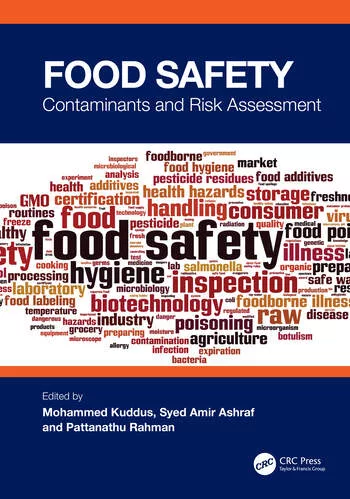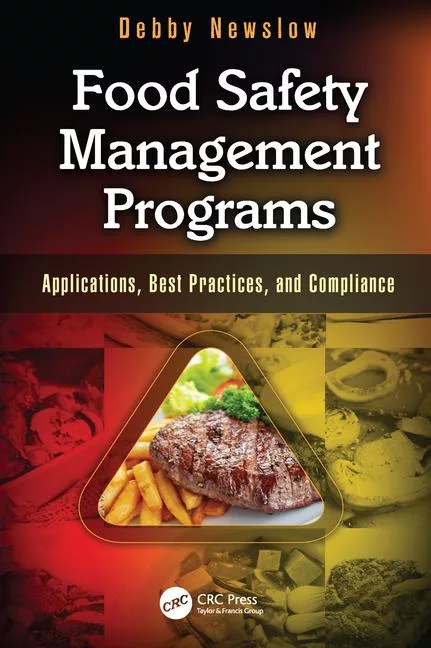Product Labeling: What’s Your Risk?

In today’s competitive, health conscious environment, consumers are bombarded with food and beverage products claiming to be “all natural,” “sugar-free” and “healthy.” Without clear federal standards regulating such definitions, food and beverage companies are finding themselves under greater scrutiny by regulatory agencies, consumer groups and the plaintiffs’ bar over the validity of such claims.
The result has been an increase in the number of class action lawsuits against food and beverage companies alleging they are misleading consumers and violating state consumer fraud statutes by falsely labeling the health benefits and allergenic components of their products and ingredients.
This trend not only has the potential to result in significant legal fees and potential regulatory fines for food and beverage companies, but also to cause considerable reputation and brand damage.
Food and beverage companies are advised to stay abreast of the changing regulatory environment and pay close attention to how their products are sourced, manufactured, labeled and promoted. They also should take an active role in mitigating their risk—from identifying all the applicable regulations for the products they produce and distribute to ensuring adequate insurance coverage is in place to protect the company’s bottom line.
The Regulatory Environment
Although federal and state agencies have long regulated how companies can label their products, they are taking a more active role in assessing food labeling and advertising.
Among the reasons for the increased regulatory activity include:
• Increased rates of type II diabetes, obesity and heart disease and the associated rising health care costs
• Increased consumer awareness of ingredients and labeling
• Claims made in advertisements of unproven health or fitness benefits
Just last month (March), a small New Jersey bakery voluntarily shut down its operations to resolve U.S. Food and Drug Administration concerns that some of its baked goods contained more sugar and fat than what was claimed on the products’ labels.
And it’s not just federal regulatory agencies that are ramping up their efforts to stop alleged food product mislabeling.
Consider California’s recent Proposition 37, which was narrowly defeated at the polls in 2012.The proposition’s key provision would have required that foods containing at least 0.5 percent (by weight) of a genetically modified ingredient be labeled “partially produced with genetic engineering.” Such foods also would have been prohibited from being labeled “natural.”
Although Proposition 37 was defeated, several other states are moving forward with their own versions of a similar law.
Massachusetts has also enacted regulations relating to food labeling issues. The state now requires restaurants to display in staff areas a food allergy awareness poster, developed by the Food Allergy and Anaphylaxis Network. The law also mandates language on menus and menu boards that reads, “Before placing your order, please inform your server if a person in your party has a food allergy.”
While regulatory violations often result in lawsuits, plaintiffs attorneys and consumer groups are not necessarily waiting for that to happen.
Ingredient Complexity and Advertising Risk
In addition to staying abreast of the evolving regulatory landscape, food and beverage companies are advised to pay close attention to how their products are sourced, manufactured, labeled and promoted.
This is challenging given today’s food manufacturing and retail environment.
Food production, in particular, has become increasing complex. Not only are numerous ingredients being added to foods to maintain long shelf lives, enhance flavors and provide nutritional benefits, but many foods also are being made from ingredients sourced from global supply chains, which adds to the difficulty of identifying and certifying ingredients, particularly those that can be classified as allergens.
At the same time, food manufacturers are under pressure to get new products onto the shelves of retailers and into the hands of consumers as quickly as possible. This accelerated timing leaves less time to ensure the validity of labels and advertising claims.
Also adding to the challenge is increased consumer awareness of food ingredients and labels. Today’s consumers are not only aware of how good a product should taste, but they are also demanding accurate information on ingredients, allergen warnings and nutritional information.
Misleading consumers with promotional claims of health and wellness benefits can have significant and immediate consequences for a food company—especially in the age of social media.
Claims made about how a product affects a person’s health also must be considered. Advertising and marketing slogans can be particularly troublesome, especially concerning health benefits of a product. Words such as “slimming” and “healthful” are coming under increasing scrutiny by consumers as well as regulators. Slogans and product descriptions need to be looked at closely for possible misinterpretation by consumers.
Retailers also need to be mindful of in-store signage used to advertise products or services. Products on end caps or in sale bins often use language designed to increase sales. This language may describe some of the products more beneficial features or special ingredients. This is especially common in areas displaying prepared foods and ready-to-eat foods. Care must be taken to make the advertising statements accurate and representative of what the product will really do.
Risk Mitigation
With regulators, consumer advocates, and the plaintiffs’ bar zeroing in on food labeling and health claims, forward-thinking organizations need to plan for this increasing risk. Those charged with the responsibility of managing risk within a food manufacturing or food retail organization should develop strong ties to the marketing, advertising, quality control, distribution and processing functions. These relationships will allow communication among the various functions to identify, manage and mitigate risks associated with product labeling. Risk mitigation steps food and beverage organizations should consider, include:
• Identify all applicable regulations, including those related to food safety, for the products they produce and distribute. This may include regulations affecting supply chain partners, co-packers, contract manufacturers, third-party distributors and private label manufacturers. Trade groups; local, state and federal government agencies; legal counsel; and consultants can help identify current regulations. Frequent seminars and webcasts can also provide the latest information on regulatory issues.
• Maintain all records, testing results and other data required by applicable regulations. A systems approach to data storage of vital information is now common in most food manufacturing environments. The ability to trace from where and when ingredients for a particular product were sourced as well as production batch codes and where and when the finished product was sold are minimum record keeping requirements. Proposed rules under the Food Safety Modernization Act may require production of all applicable records and data on a specific product within 24 hours.
• Develop audit and quality control processes that map actual ingredients with label contents to ensure changes and improvements in a product are reflected in its labeling and advertising.
• Have in-house counsel or outside legal experts review advertising content for all claims and/or references to enhanced health, wellness or performance. Expect to be challenged by consumer groups or plaintiffs attorneys concerning the accuracy of these claims. Independent background data that supports claims of enhanced health, wellness, or performance should be obtained.
• Maintain effective oversight of social media and other media sources that mention specific products that have been manufactured or distributed. Because social media operates on a 24/7 schedule, monitoring this information source requires similar coverage.
• Maintain adequate internal processes that identify and record all consumer complaints and incidents involving products that have been manufactured or distributed. Linking the risk management claims notification system and the consumer affairs complaint system is a good way to capture most data. Methods should also be developed to identify and track similar incidents from other manufacturers or distributors using trade groups or industry share partners.
• Identify consultants, legal counsel and product specialists who have experience in food manufacturing and distribution and can assist with strategic planning and specific incident response.
• Develop, implement and test a crisis management plan that addresses allegations of food safety or advertising/marketing claims. Included in this should be the ability to respond to social media comments when they occur. Carefully consider who will be representing the company in all communications and ensure there are adequate back-ups for all anticipated situations. The plan should consider such areas as reputational risk, communications, legal response and more.
• Analyze insurance coverage to ensure adequate limits of coverage are in place for such areas as general liability, product liability, advertising liability and directors and officers liability. For some labeling issues the possibility exists for some coverage under the advertising liability section of a commercial general liability policy.
Conclusions
Companies in the food and beverage industry want to produce safe food that appeals to consumers. In doing so, they need to be sure that their labels accurately reflect their ingredients, that their advertising makes claims that can be supported and that they protect the overall organization through well-planned and executed risk mitigation strategies.
Larry Mullen is the deputy practice leader of Marsh Inc.’s retail/wholesale food and beverage practice. The contents of this document are not intended to be taken as advice regarding any individual situation and should not be relied upon as such. Please visit www.marsh.com for more information.
Looking for quick answers on food safety topics?
Try Ask FSM, our new smart AI search tool.
Ask FSM →








